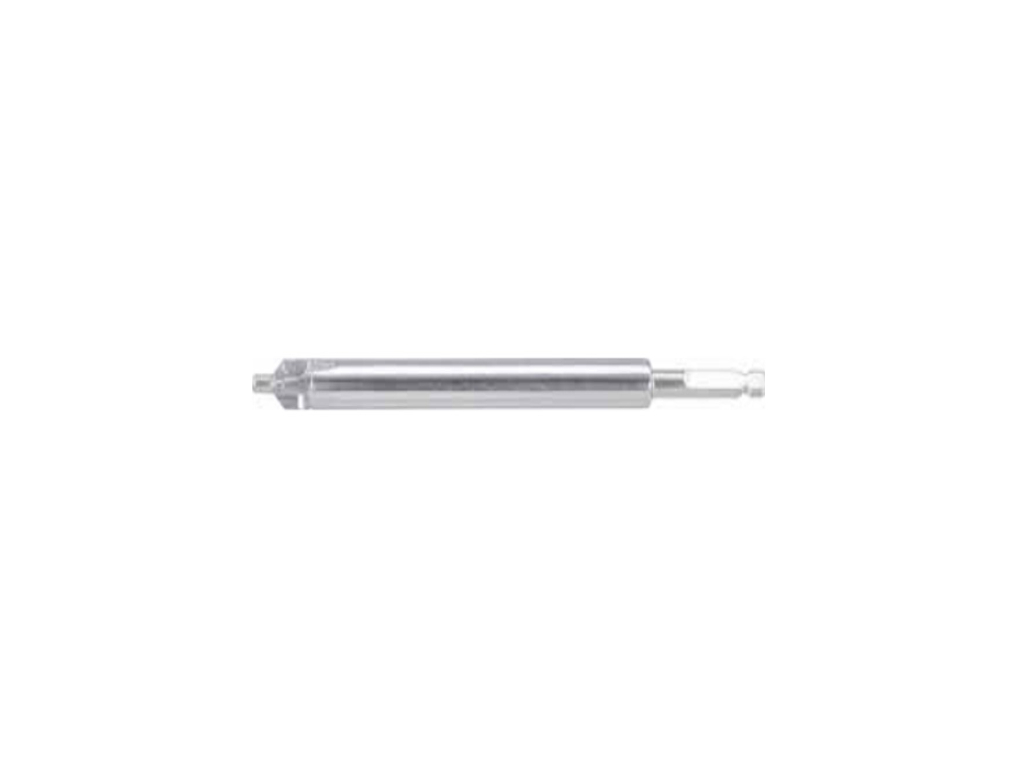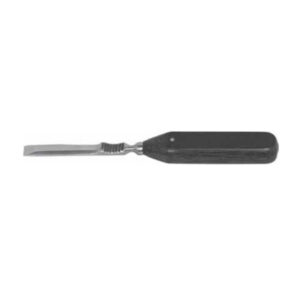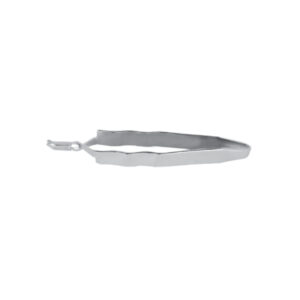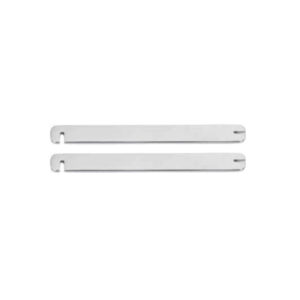Description
A counter sink, also spelled countersink, is a specialized drilling tool that creates a conical depression in a material. This creates a cavity that allows the head of a fastener, such as a screw or peg, to sit flush or slightly below the surface of the material.
Applications in Orthopedic Surgery:
In orthopedic surgery, counter sinks are crucial instruments used during minimally invasive procedures involving bone fixation with screws. Here’s how they contribute:
- Improved Cosmetic Outcome: By creating a countersink in the bone, the screw head sits flush with the surface, resulting in a more aesthetically pleasing appearance after surgery. This is particularly important in areas like the face or extremities where visibility of implants is a concern.
- Enhanced Stability: A countersink can improve the stability of the screw-bone interface by providing a wider area of contact between the screw head and the bone. This can be beneficial for procedures where strong fixation is crucial.
- Minimally Invasive Approach: Counter sinks are often used in conjunction with minimally invasive surgical techniques. This translates to potential benefits like faster healing times, reduced post-operative pain, and quicker patient recovery.
Types of Counter Sinks:
There are various types of counter sinks used in orthopedic surgery, each designed for specific applications:
- Drill Bit Countersinks: These combine drilling and countersinking functions into a single tool.
- Separate Countersinks: These are standalone tools used after a pilot hole is drilled.
Important Considerations:
Counter sinks are valuable tools for orthopedic surgeons performing minimally invasive procedures. However, their proper use requires surgical training and expertise. Consulting with a qualified orthopedic surgeon is crucial to determine the most appropriate treatment approach for your individual case.
For Screws 1.5mm to 2.0mm
For Screws 2.7mm






Reviews
There are no reviews yet.